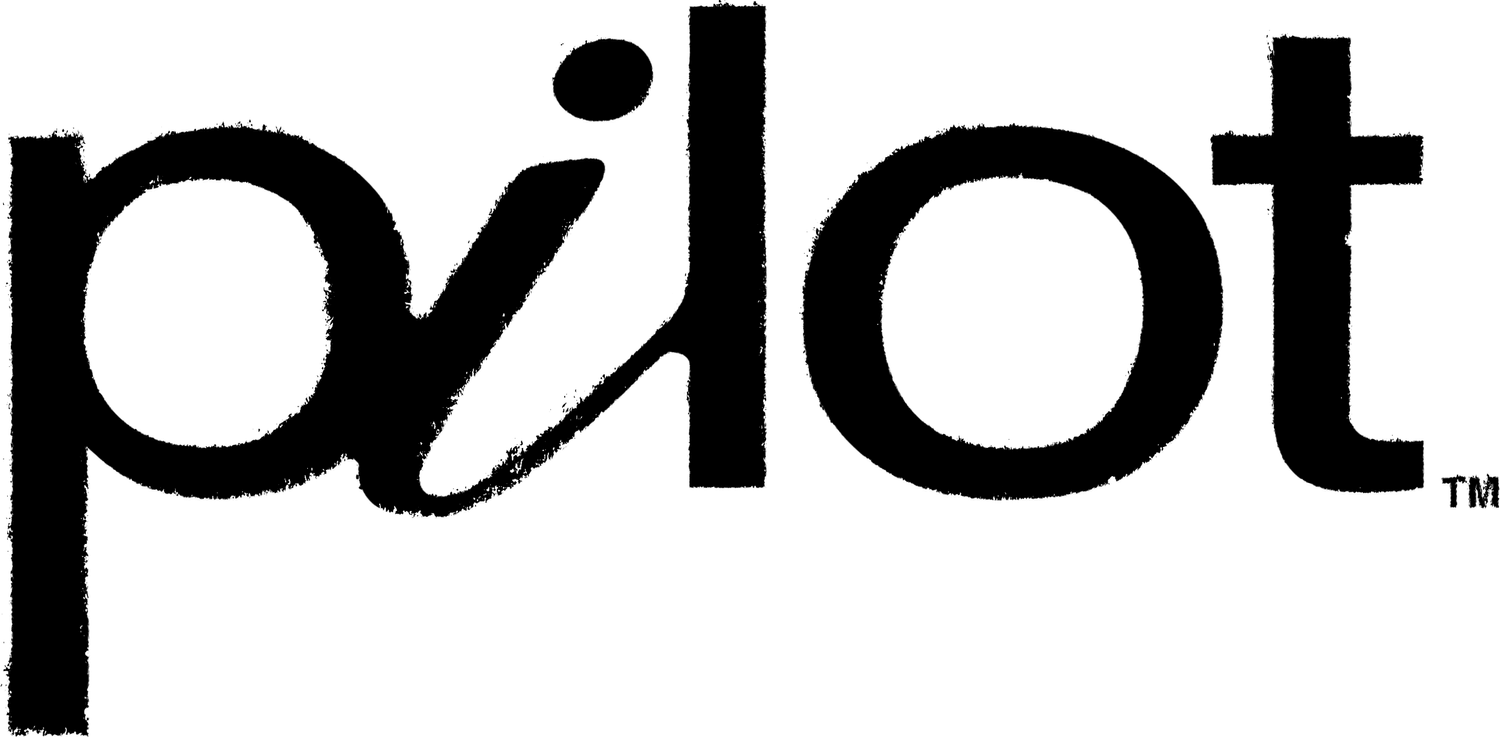The Dirty Practices of Clean Energy
As the dust settles over Glasgow, and all the planes have departed into the horizon, Greta Thunberg's words echo through my head: “grown ups have failed us.” The looming threat of climate change is increasingly present as we march further into the 2020s. Constantly, we are told the impacts of pollution, how corporations exploit our nonrenewable resources, and what we can do to mitigate the impacts of global warming, with the most common alternative to push for a switch to renewable energy sources. Things like solar, hydro, and wind power are thrown around at us and we are told that this is our future. They are touted as the resolution to all our (self-inflicted) problems, but what happens when the solution is worse than the original problem?
Solar Panels. Little blue window panes that sit atop houses. Maybe when you are driving through your neighborhood and see a home with a roof fixed with solar panels on its top, you feel a sense of pride, like someone in your community is taking steps in the right direction towards a more sustainable future. But what actually went into the production of that solar panel? Is it something we should be proud of? Well, I regret informing you, maybe not. Nearly 80% of solar panels installed around the world come from Chinese production companies. While this is not inherently a bad thing by any means, it becomes one when we lift the curtain behind labor practices used in the Chinese solar energy industry. In Xinjiang, China, an ethnic minority of Uighur Muslims exists. Because of their faith, millions have been persecuted. Millions more have been subjected to forced labor, a majority of which actually occurs in the solar panel market. This happens due to solar panels requiring polysilicon to operate and four of the five largest polysilicon factories all reside in Xinjiang. So, while you have been clearing yourself of a guilty conscience by installing solar panels atop your roof, it may be worth it to think that the Uighur people may be suffering in the process.
Hydroelectric power is a giant in the renewable energy market. Hydro accounts for just over 50% of all renewable energy used today. Problematically, it leaves a wake of destruction in its path. The most obvious problems caused by the creation of hydroelectric reservoirs is that hydro dams may alter the paths of flowing water, and as a result, have devastating impacts on ecosystems and natural wildlife. However, the most destructive impact that comes as a result of hydropower dam construction is actually flooding. It’s pretty intuitive…when all the water stored in the dam gets released at once it begins to flood downstream, wreaking havoc on everything around it. Hydro power is an attractive option to many areas because it is a reliable energy source with additional features like reservoirs that come equipped to hold clean water for many, but perhaps it is worth considering that the transition to green energy does more damage to local environments than previously imagined
Such is surely the case with biomass. Biomass is a side of the clean energy spectrum rarely talked about because it is mostly prevalent in developing nations, which the media and society love to leave out of the conversation of renewable energy. I would hardly call biomass clean, however. Despite people often saying that biomass is carbon neutral, burning biomass actually creates 150% more emissions than coal. Not only does biomass burning account for close to 20% of annual c02 emissions, but because most biomass is burned unsafely or inside, biomass burning causes 5-10% of premature deaths from pollution, killing 250,000 people annually. Biomass burning contributes a .4 degree increase in warming the global temperature. In areas where the options are coal or biomass, it may be healthier for our environment to just use coal.
I am by no means using this to justify what nonrenewable energy has done, or its impact on the environment. However, we cannot look at the world of possibilities through rose colored glasses in an attempt to steer clear of red flags: we are obligated to look for the truth. The truth may be that no perfect solution has been found yet, or that we may never find one, but that should not stop us from being objective about the darkness that comes from switching our lights on.
